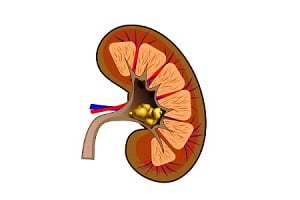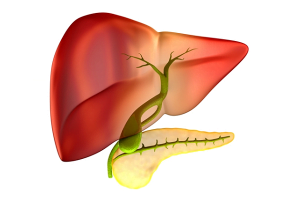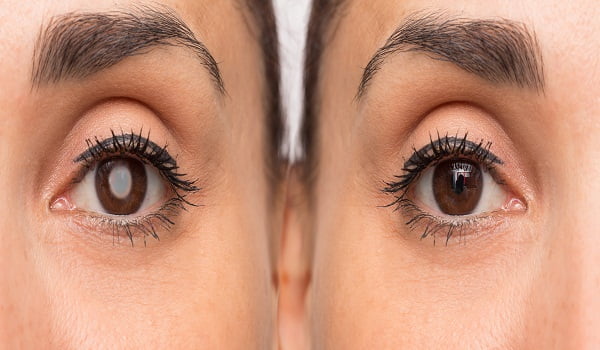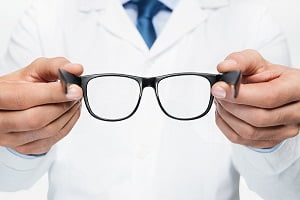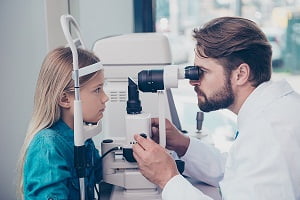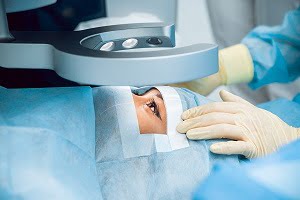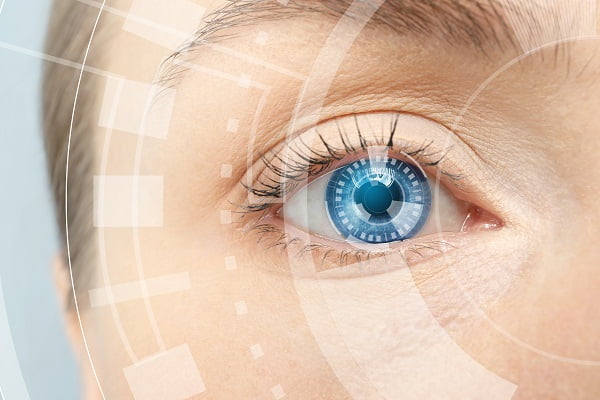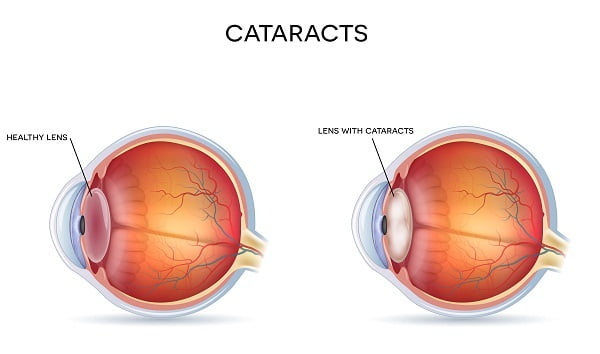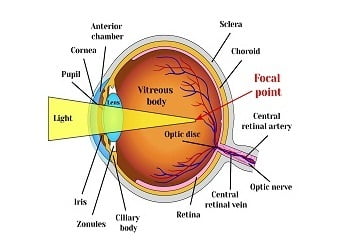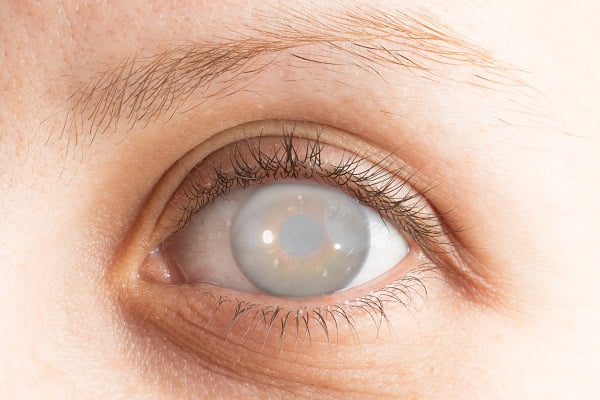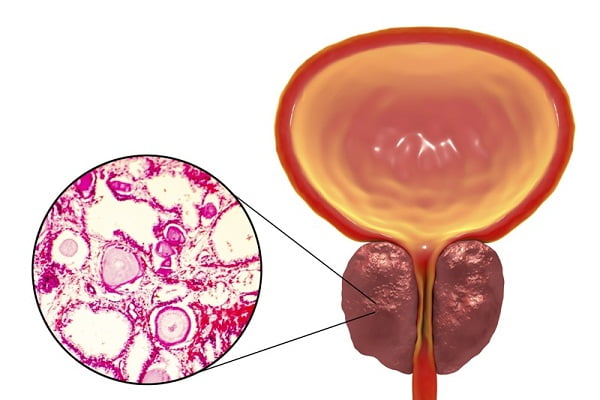
AUTHOR
Kishore Bharati
Kishore Bharati is a biotechnologist with a special interest in cell biology, molecular biology, genetics and genomics, biophysics, and biochemistry. She Pursued her Master’s degree from Amity University, Noida, U.P., and has worked as a Research Trainee at Rapture Biotech, Noida.
Articles by Kishore Bharati
In order to determine whether you have a cataract or any other eye problem, your doctor will review your symptoms...
The most common way to manage the myopia is use of eye glasses or contact lenses. Refractive surgery is another...
Myopia (nearsightedness) is diagnosed in a physical examination by an ophthalmologist. You can find out if you have myopia by...
If your vision can be corrected with glasses or contacts, your doctor will recommend them to you. If cataracts affect...
Nearsightedness also known as myopia is a common condition of eye in which distant objects unclear or blurred. A personal...
A cataract is defined as clouding of your eye's natural lens. Cataracts are the most common cause of vision loss...
What causes Myopia? Short-sightedness or myopia is a refractive error in which the light rays coming from the object...
You develop cataract when protein builds up in the lens of your eye and makes it cloudy. There are different...
About 50 percent of men over the age of 60 have enlarged prostate or benign prostatic hyperplasia (BPH). By the...
More articles are loading
